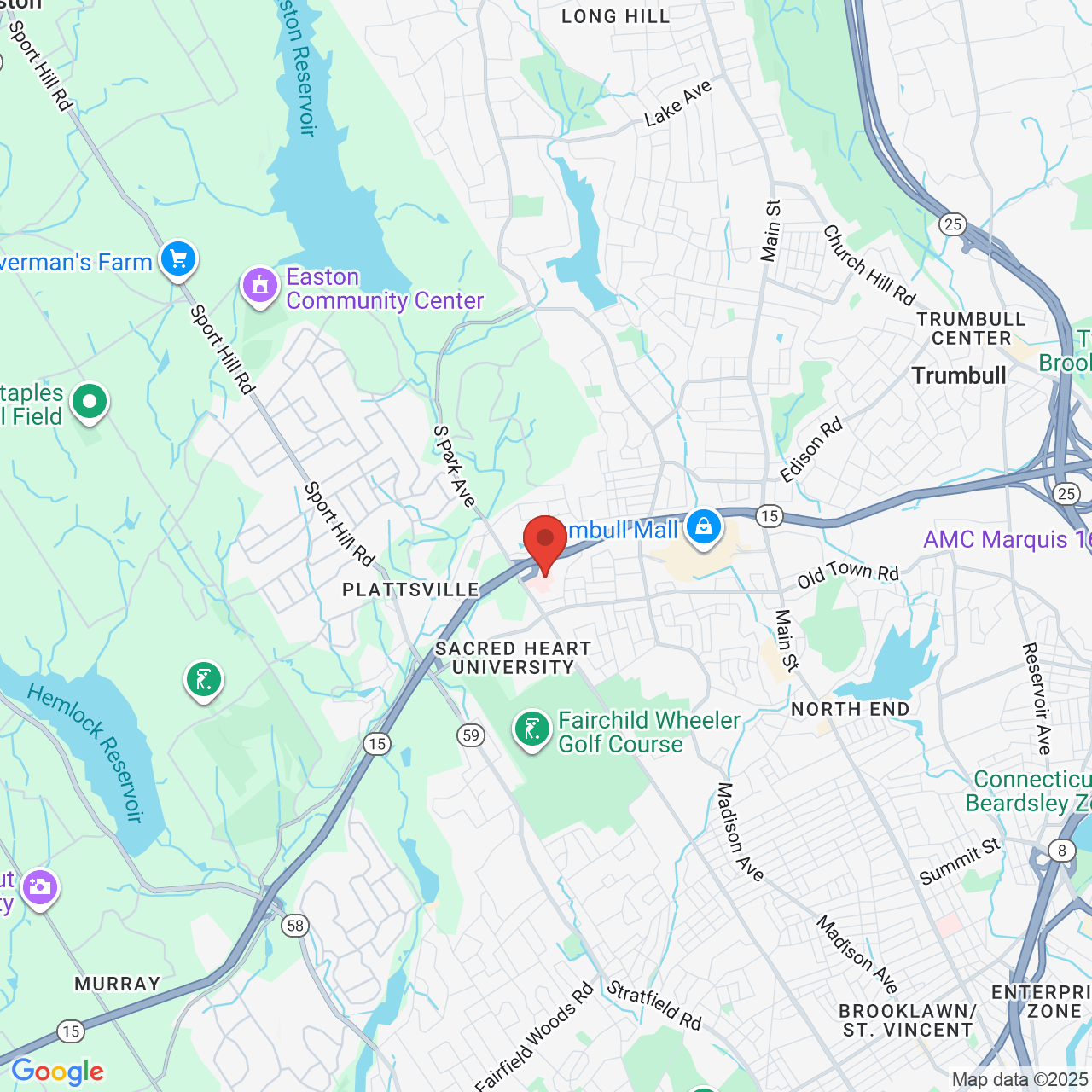Fixing Baby Ears that Fold Over
When baby ears fold over, it is referred to as an ear lidding deformity. Some parents describe it as a floppy baby ear or a lop ear deformity. About 15-20% of newborns are born with some type and degree of an ear deformity.
Ear lidding is caused by abnormal folding of the cartilage which supports the top of the ear. The cartilage is what supports and shapes the ear. Therefore, when the ear cartilage is bent over, the ear has a folded appearance. This can vary in severity and may improve slightly in the first week after birth. However, once the newborn is about 7-10 days old, the ear will maintain this shape unless it is molded.
Before and After Ear Molding

What Is Infant Ear Molding?
Infant ear molding is a non-surgical and non-invasive procedure to reshape a newborn ear deformity. It is performed by placing a soft custom mold on the ear to reshape it to the correct shape. We perform infant ear correction with molding in the first month after birth because the ear cartilage is still soft.
Link to Ear Molding main webpage
When Does Baby Ear Cartilage Harden?
Studies have shown that baby ear cartilage starts to harden about 6-7 weeks after birth. The ear cartilage remains soft because of the estrogen hormone that is still circulating in the baby from the mother. The level of estrogen starts to drop off around 6 weeks after birth. This is sometimes delayed in premature babies whose ear cartilage is softer for longer.
It is best to start ear molding in the first few weeks after birth before the cartilage starts to harden.
Reshape a Baby’s Ear with Custom Baby Ear Splints
Baby ear cartilage can be reshaped with a custom ear splint. Earwell is a type of ear mold which we sometimes use at our practice. It corrects ear deformities by bending and holding the cartilage in the correct shape until it hardens.
However, specifically for baby ears that fold over, these are better treated with our own custom mold which we make out of a soft medical grade silicone material. The application of the mold is painless and causes no irritation to the baby. It corrects ear lidding deformities better than the Earwell device as it allows greater elevation of the upper part of the ear which is folded over.
Before and After Ear Molding

Ear molding is pain-free and doesn’t affect baby hearing or sleeping.
How Long to Reshape a Baby’s Ears with Ear Molding?
When we reshape a baby’s ears with a custom ear mold, we ideally like to start the process before 3 weeks of age before the cartilage starts to harden. The ear then has to be held in that shape until the cartilage starts to harden, so that it doesn’t fold back down. This can take anywhere from 2-6 weeks depending on the severity of the deformity, the age of the baby, and how soft or hard the cartilage is when molding is started. Although earlier is better with ear molding, we have been successful with ear molding even when starting at 2 months of age.
Custom Ear Molding vs EarBuddies
Ear molding is best performed by an expert who performs this on a regular basis. Dr. Jandali completed his pediatric plastic surgery training at the Children’s Hospital of Philadelphia.
Dr. Jandali has molded almost 200 ears with a very high success rate.
Parents will sometimes ask about EarBuddies which can be found online for reshaping baby ears. EarBuddies have to be applied by the parents who may not know the exact shape to mold the ears. With EarBuddies, parents also have to monitor for any excessive pressure which can cause ulceration or infection.
In contrast, custom molding in our office has a very high success rate of over 90% with complete correction when started early enough. Parents don’t have to do anything or worry about misplacement.
Insurance Coverage for Infant Ear Molding
Infant ear molding is covered by all insurances because the ear deformity is considered a congenital deformity. We work with parents to obtain the necessary information to obtain insurance approval before the first office visit, when the mold is applied.
Taping Baby’s Ears Back - Does it Work?
Taping baby’s ears back can also be problematic. Many deformities are more complex than what simple taping can fix. Taping may pin the ears back, but still lead to an abnormal shape or even cause a new deformity. We do not recommend taping as a way to correct baby ear deformities.
Avoid Future Ear Surgery (Otoplasty)
When ear molding is performed early, future surgery can be completely avoided. Ear pinning surgery, known as otoplasty, is usually performed when a child is 5-6 years old, before other kids start to mock and make fun of ear deformities. Otoplasty usually requires general anesthesia and has an extended recovery. In addition, otoplasty results can often look overdone and abnormal, and about 20% of otoplasties fail due to a stitch breaking.
Infant ear molding is covered by insurance as it is considered a congenital deformity. However, when a child undergoes an otoplasty at a later age, insurance companies consider it cosmetic at that time and it is therefore not covered by insurance. Otoplasty is a cosmetic out of pocket cost.
Fix Baby Ears that Fold Over - Contact Us
If you have a baby with ears that fold over, we can help. Lidding ear deformities are easily corrected non-surgically with ear molding. Call us for more information or to set up an appointment - 203-374-0310. We will obtain insurance approval before your first visit.

